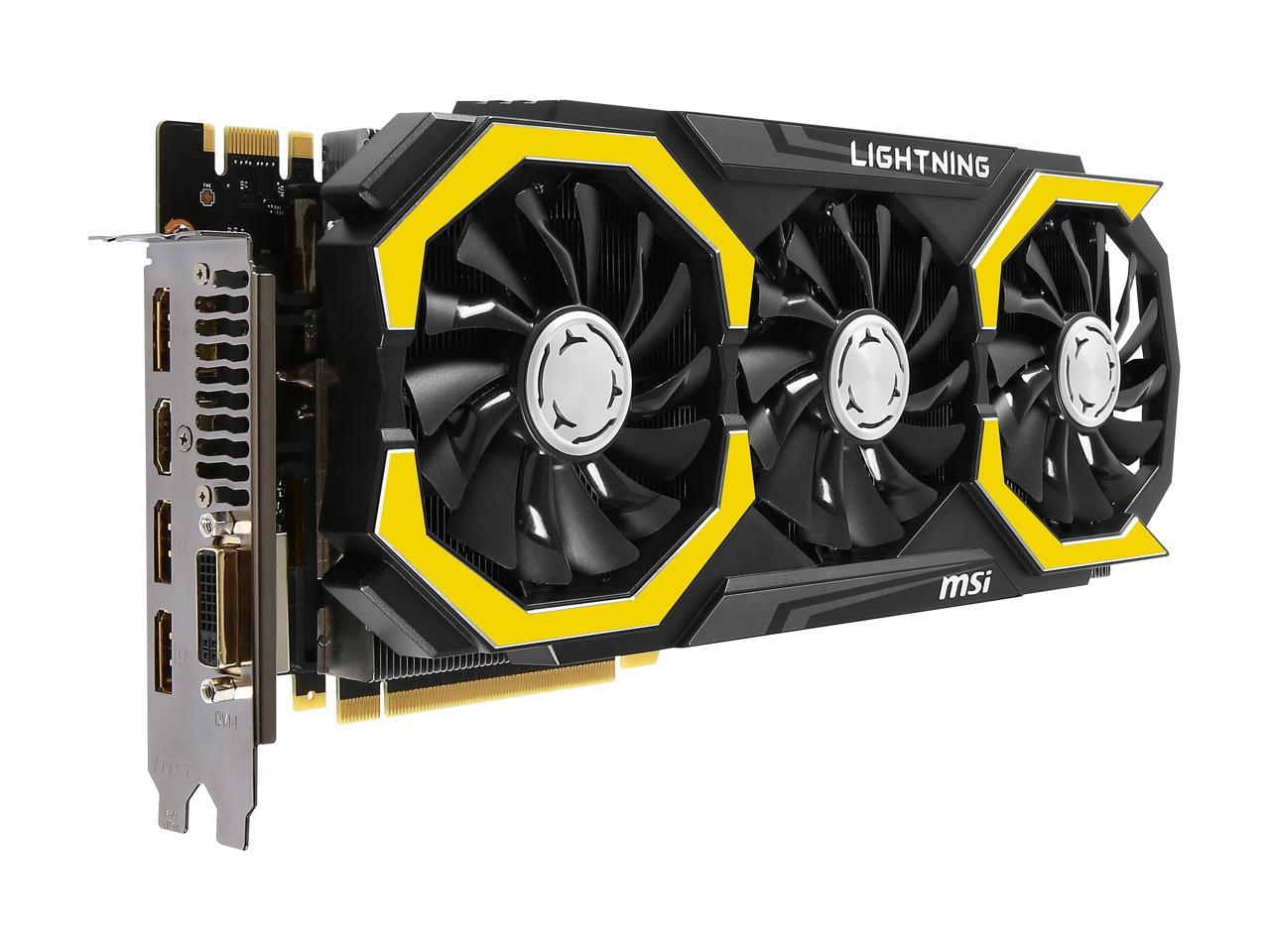

6GB on the other hand, yes, thank you, we can definitely use that! It’s also important to note that there are none of the 3.5GB + 512MB segmented memory shenanigans of GTX 970 at play with the 980 Ti this is a fully enabled GM200 chip as far as the memory interface and cache are concerned.

We’re already seeing signs of 4GB VRAM being insufficient, particularly for higher resolution modes like 4K, but with very few cards sporting more than 4GB VRAM most games are unlikely to need 12GB VRAM. It still has 96 ROPs and a 384-bit GDDR5 interface, though “only” with 6GB VRAM this time. We’ll have to see what AMD has in store and whether they can help bring some balance-and much-needed competition-to the high-end graphics market in the coming weeks.Ĭomparing the two GM200 cards, other than the drop in the number of shaders/SMMs, the 980 Ti looks a lot like the Titan X. Last time, when NVIDIA launched the GTX 780 Ti, it was intended to reclaim the performance crown from AMD’s just-released R9 290X, and the price of the GTX 780 dropped $150 in response. AMD’s Fiji GPUs can’t possibly come soon enough. That means that for the time being, the 980 Ti is going to be even more expensive than the already costly GTX 980. Meanwhile, we’re still waiting for AMD’s next-generation GPU to make the scene. There’s also no improved FP64 mode on Titan X, so saving 30 percent and getting roughly 95 percent of the performance is hardly a bad thing, but let’s not jump ahead. We saw the writing on the wall as soon as the GTX Titan X was launched: “Great, here’s the halo $1,000 luxury GPU that most can only dream of owning now show us something we might actually buy!” The same thing happened with the original Titan and the GTX 780 Ti, though this time there shouldn't be any instances where the less expensive part actually offers superior performance. There’s not a whole lot of surprise with the announcement of the GeForce GTX 980 Ti (henceforth the 980 Ti).


 0 kommentar(er)
0 kommentar(er)
